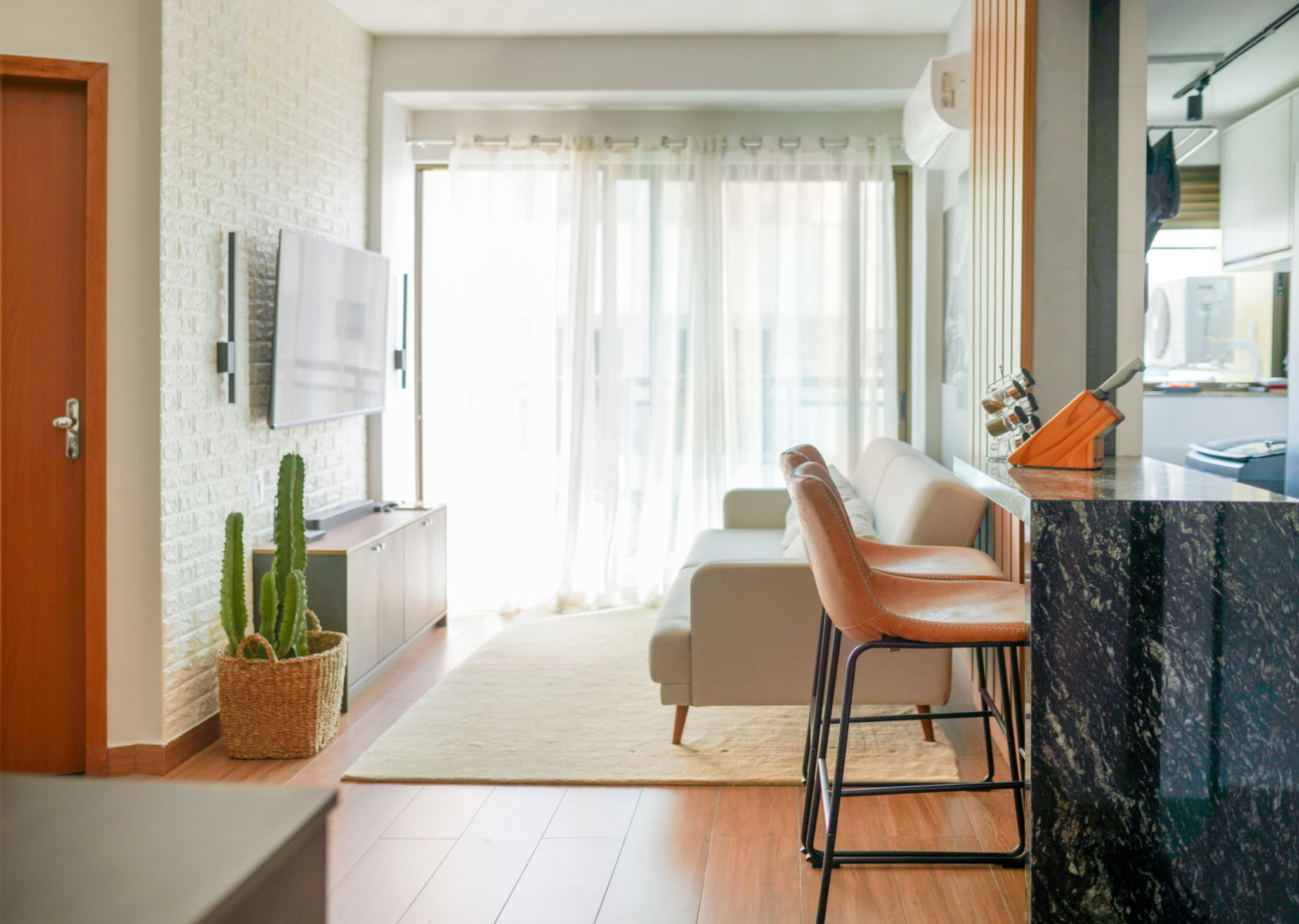How to Choose the Right Furniture Design for Small Spaces
Understanding Your Space
When it comes to decorating small spaces, choosing the right furniture design is crucial. The first step in this process is understanding the dimensions and layout of your room. Knowing the exact measurements will help you determine what pieces will fit comfortably without overcrowding the space. It’s also important to consider any architectural features or quirks, such as alcoves or sloped ceilings, that might affect your furniture choices.
Another key consideration is the function of the room. Is it a living room that also needs to serve as a guest room? Or perhaps a home office that doubles as a dining area? Understanding how you intend to use the space can guide your furniture selection to ensure both functionality and comfort.

Prioritizing Multifunctional Furniture
In small spaces, every piece of furniture should serve more than one purpose. Look for multifunctional designs that maximize utility. For example, a sofa bed can provide seating during the day and transform into a comfortable sleeping area at night. Similarly, a coffee table with storage compartments can help keep clutter at bay while still serving its primary function.
Consider investing in modular furniture, which is designed to be easily rearranged or reconfigured. This flexibility allows you to adapt your space to your changing needs without having to purchase new items frequently. Modular shelving units, for instance, can be customized to fit any wall and offer ample storage without taking up valuable floor space.

Opting for Light and Airy Designs
When selecting furniture for small spaces, opting for designs that appear light and airy can help create an illusion of spaciousness. Choose pieces with slim profiles and open bases, such as furniture with legs rather than solid bases. This not only makes the room look less cluttered but also allows more light to flow through the space.
Glass or acrylic furniture can also be beneficial because it offers functionality without visually weighing down the room. A glass coffee table or acrylic chairs can provide necessary surfaces and seating while maintaining an open and uncluttered look.
Embracing Vertical Space
In smaller rooms, maximizing vertical space is essential. Use tall bookshelves or wall-mounted storage solutions to keep items off the floor and create a sense of height in the room. This strategy frees up floor space for other uses and draws the eye upward, making the room feel larger.

Wall-mounted desks or foldable tables are excellent choices for tight spaces, providing a functional workspace when needed and disappearing when not in use. Utilizing vertical storage not only enhances practicality but also adds visual interest to your decor.
Selecting the Right Color Palette
The color palette of your furniture plays an integral role in how spacious your room feels. Lighter colors tend to make spaces feel more open and airy, so consider choosing furniture in shades of white, light grey, or pastel tones. These hues reflect more light and help create a calming atmosphere.
However, don’t shy away from adding pops of color through accessories such as cushions, rugs, or art pieces. These elements can add personality and warmth to your space without overwhelming it.

Conclusion
Choosing the right furniture design for small spaces requires thoughtful consideration and strategic planning. By understanding your space, prioritizing multifunctional designs, embracing vertical storage, opting for light designs, and selecting an appropriate color palette, you can create a functional and aesthetically pleasing environment that feels larger than it actually is. Remember, the goal is to balance style with practicality, ensuring your small space meets all your needs while maintaining comfort and charm.